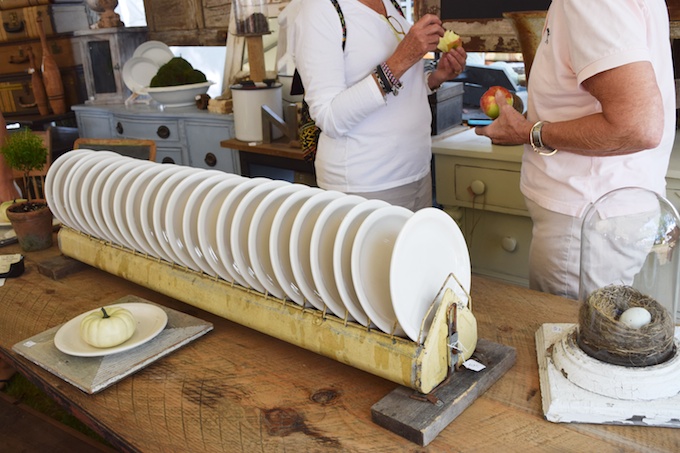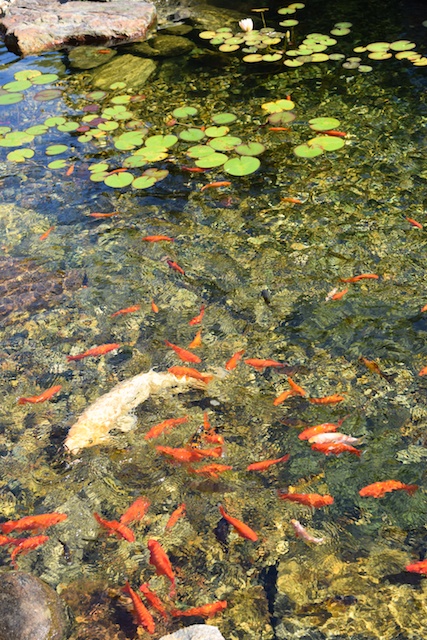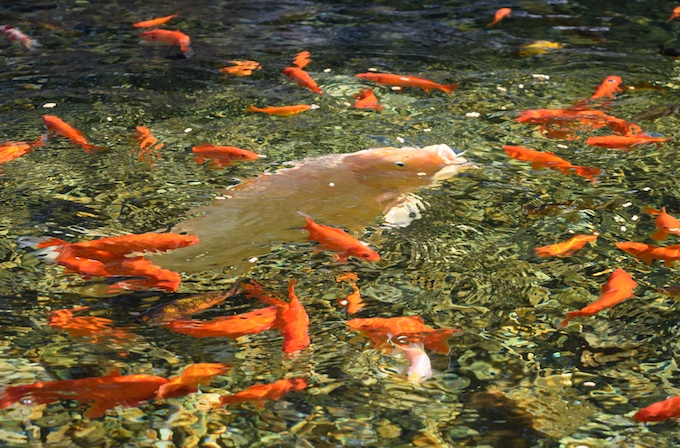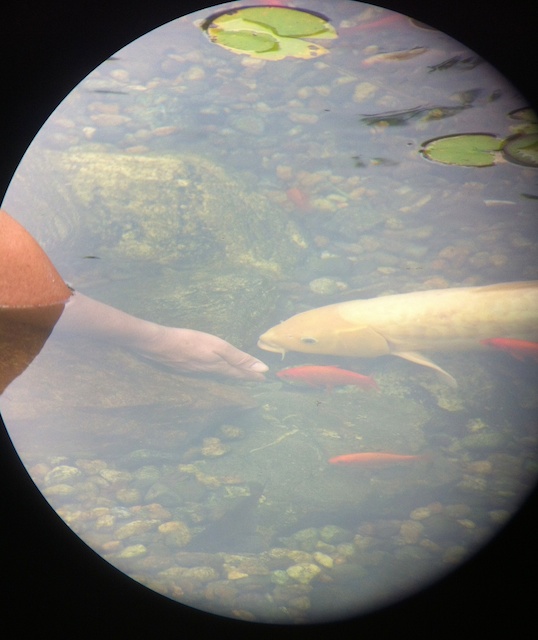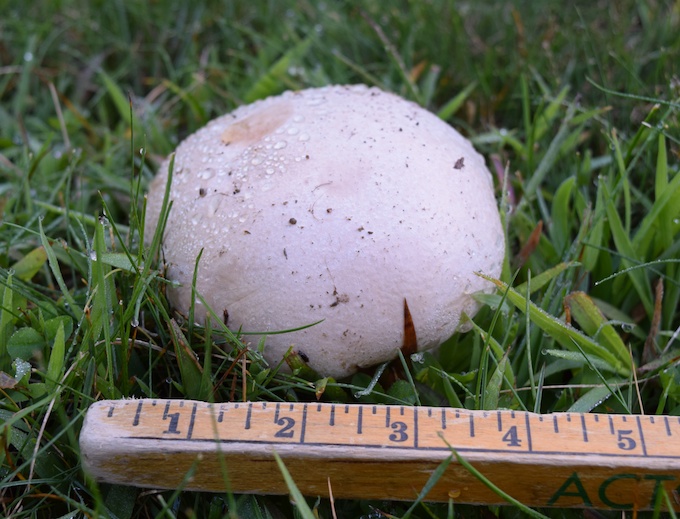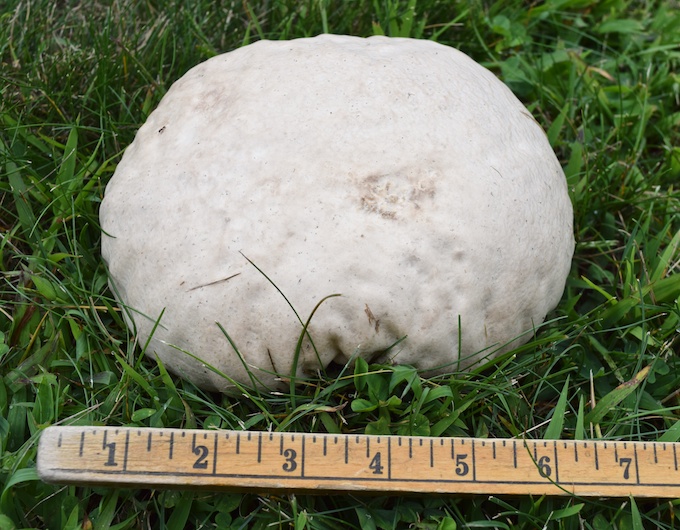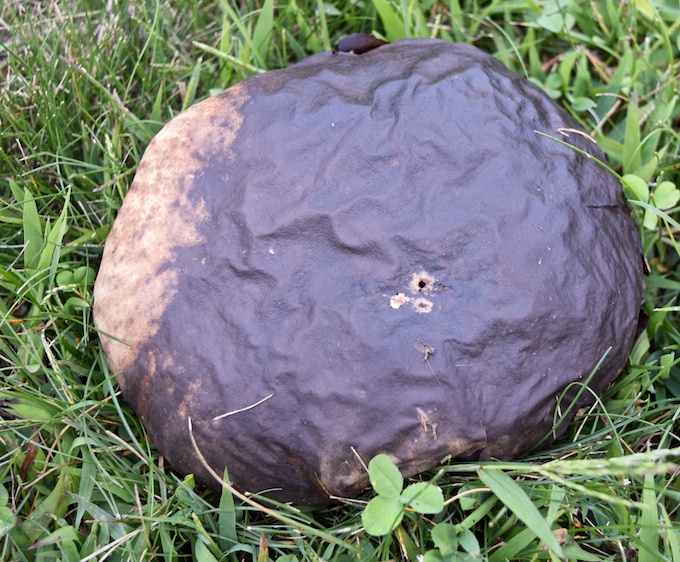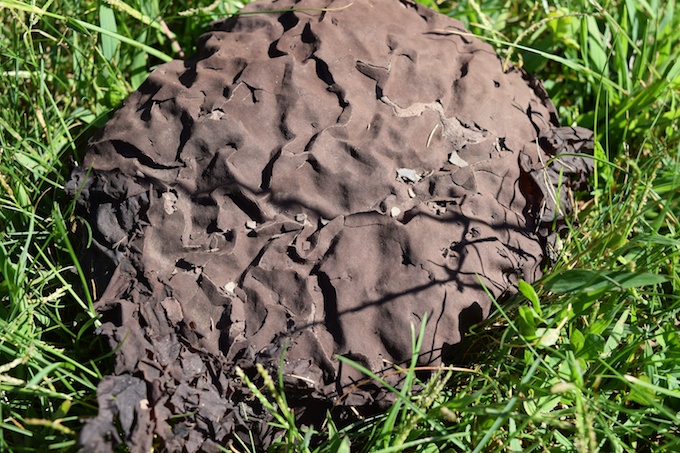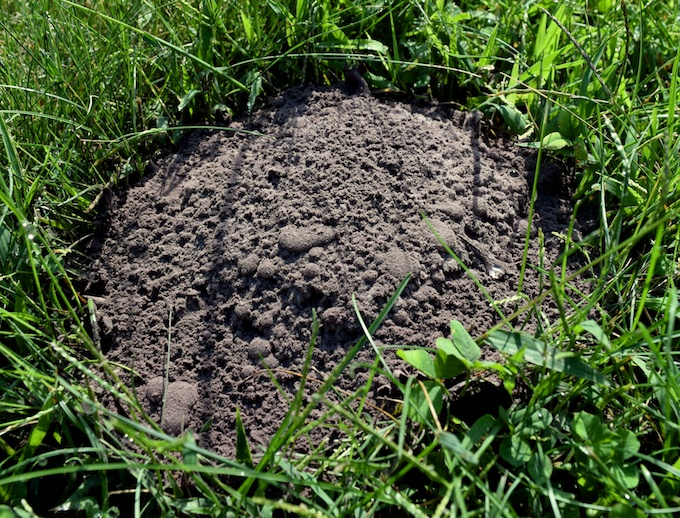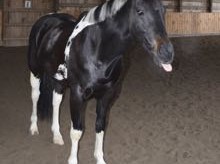Those of us who spend our mornings scrubbing out and refilling waterers, shoveling manure, and topping off feeders, have one view of the utilitarian metal items in our backyard chicken pens. We don’t think about bringing them inside and putting them on our dining room tables! However, these days rusty farm implements are chic. Yesterday, at the Brimfield flea market, I spied an assortment of feeders, no longer fit for animal use that were being sold for more than the price of new galvanized merchandize at Tractor Supply. I have to say that tidied up, this makes a charming plate rack.
I spent several hours wandering the booths. I bought two eggs cups (of course!) and a vintage agriculture brochure. And then I went to Tractor Supply, where they have shiny feeders and waterers, which I didn’t need (remember all of that scrubbing in the mornings?) But, I did buy something new and made of metal. I bought a farm gate for the goat paddock, which to my mind is very beautiful, indeed. We’ll see if it is goat-proof as claimed. Pip and Caper love a challenge. You’ll get to see the new gate after I put my teenage son to work digging post holes and installing it!
